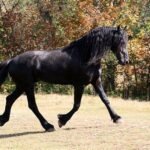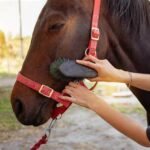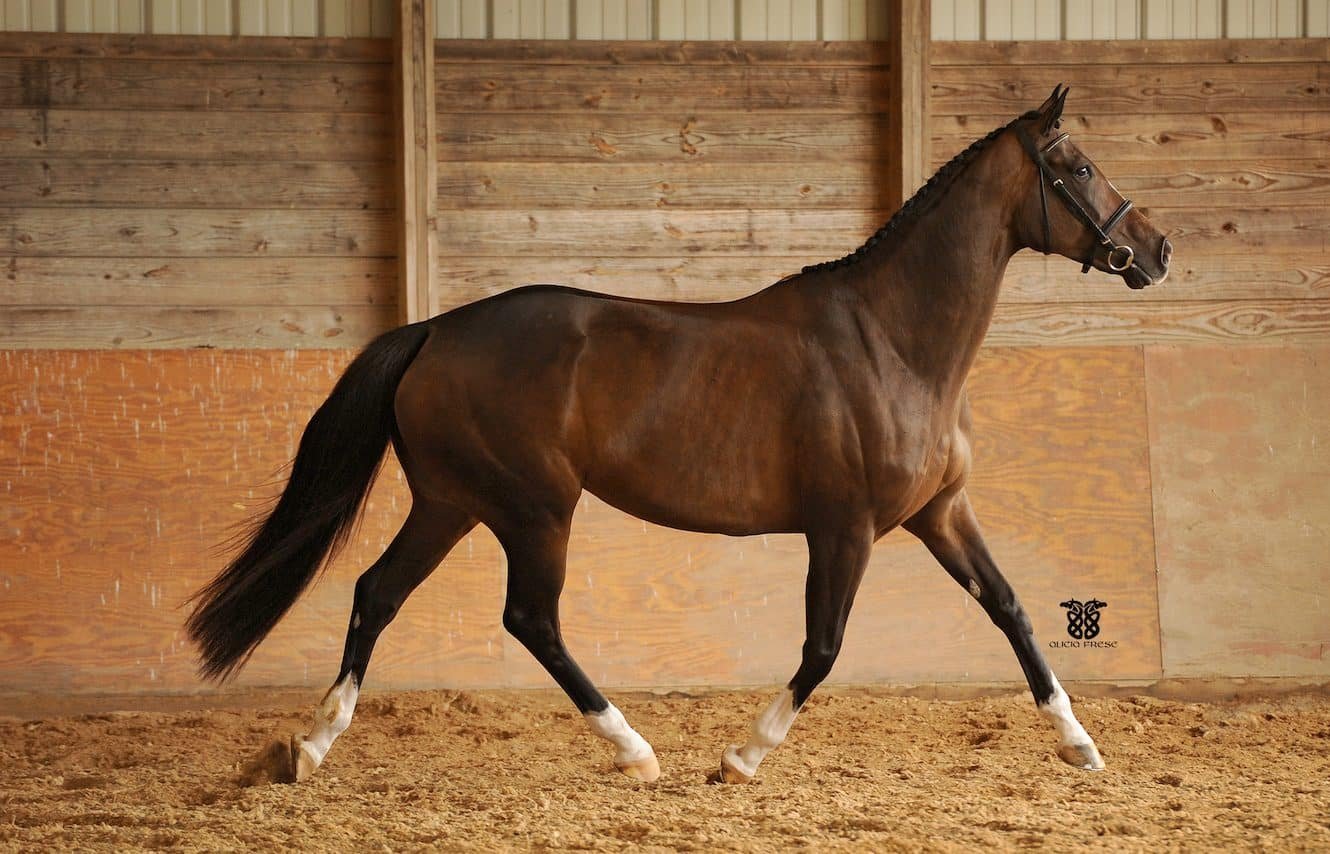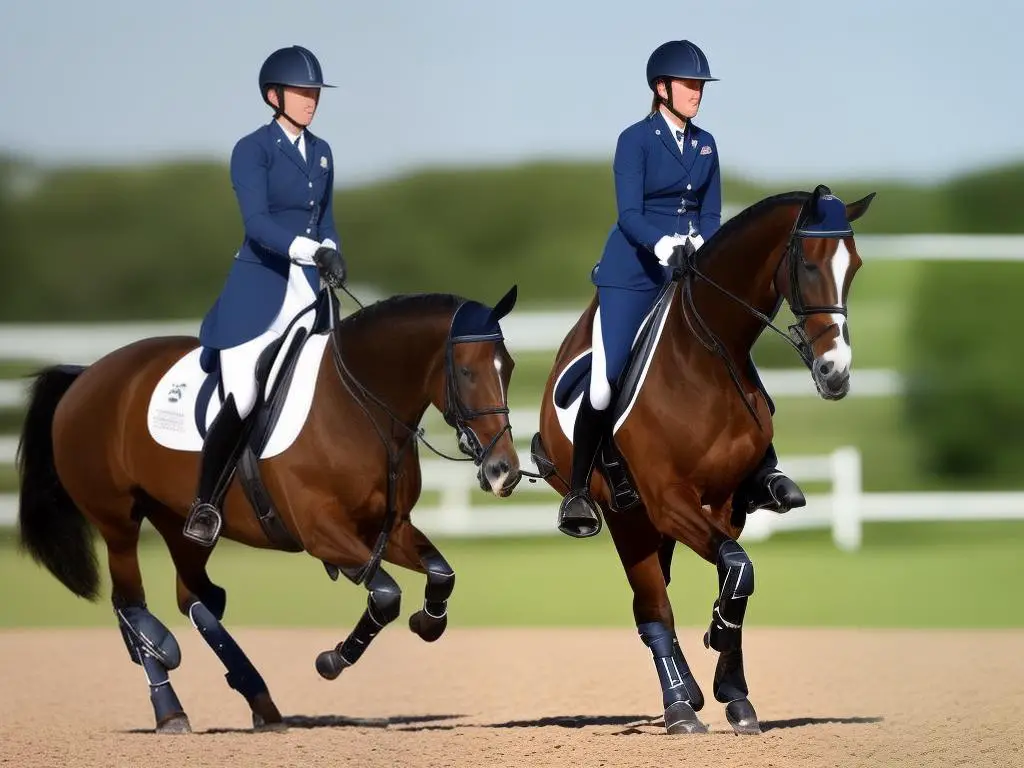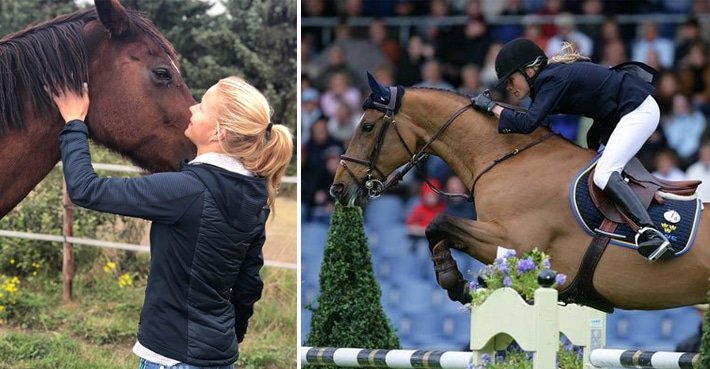Warmblood breeds are some of the most popular and versatile horse breeds in the world, known for their excellent temperament, athleticism, and adaptability across various equestrian disciplines. These horses are often used in sports such as dressage, show jumping, eventing, and driving, and their development has been shaped by a combination of historical, geographical, and practical factors. In this post, we’ll explore the history and development of warmblood breeds, from their early origins to the modern, highly skilled horses we see today.
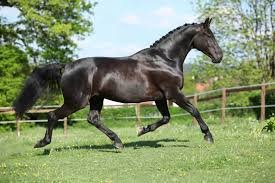
What Are Warmblood Horses?
Before diving into the history, it’s essential to understand what qualifies a horse as a warmblood. Warmbloods are a group of horse breeds that emerged from the crossbreeding of heavy draft horses (coldbloods) and lighter, faster horses (hotbloods). These horses are typically characterized by their balanced, athletic build and calm, trainable nature. While they don’t belong to a single breed, the term “warmblood” refers to a category of breeds that share similar traits.
Early Origins and the Role of the Medieval Horse
The history of warmblood horses can be traced back to medieval Europe, where horses played an essential role in agriculture, transportation, and warfare. During this time, horses were primarily bred for their strength and endurance, qualities found in coldblood breeds such as the Clydesdales and Percherons.
However, as European societies developed and urbanized, there was an increasing need for a more versatile horse. Lighter, faster horses like the Arabian and Turkoman were highly prized for their agility and stamina, and their influence began to be felt in breeding programs across Europe. These hotblood horses were typically used for riding, military purposes, and later for racing.
The first significant step in the development of warmbloods occurred when breeders in various regions began crossing the strong, sturdy coldbloods with the agile, athletic hotbloods. The aim was to produce horses that possessed the strength of the draft breeds but also the speed, agility, and stamina of the hotbloods.
Development in Northern Europe: The Birth of Warmblood Breeds
The development of modern warmblood breeds began in the Netherlands, Germany, and Denmark, where breeders focused on creating horses that were both strong and nimble. The success of these early breeding programs led to the establishment of specific warmblood breeds, each developed with particular needs and disciplines in mind.
The Dutch Warmblood
The Dutch Warmblood is one of the most well-known warmblood breeds, with its origins dating back to the 17th century. Initially, the Dutch used native horses, such as the Gelderlander, which was a strong and sturdy horse ideal for agricultural work and transportation. Over time, Dutch breeders crossed these horses with hotblooded stallions, particularly from the Thoroughbred and Arabian breeds, to improve speed, stamina, and performance.
In the 20th century, the Dutch Warmblood became particularly prominent in show jumping and dressage. Today, Dutch Warmbloods are known for their excellent temperament, competitive spirit, and strong jumping ability.
The Hanoverian
In Germany, the Hanoverian breed emerged from the Lower Saxony region. Originally, Hanoverian horses were bred as heavy draft horses, but over time, breeders sought to create a more athletic, performance-oriented horse. The result was a refined breed with a strong work ethic and a natural talent for jumping and dressage. The addition of Thoroughbred bloodlines, particularly from famous stallions, further enhanced the breed’s athleticism.
Today, Hanoverians are highly respected in the competitive equestrian world, especially in dressage, show jumping, and eventing. They are recognized for their harmonious gaits, soundness, and athletic build.
The Holsteiner
The Holsteiner is another German breed that played a significant role in the development of warmbloods. Originating in the Holstein region of northern Germany, these horses were initially bred for heavy farm work and pulling. However, through careful selection and crossbreeding with Thoroughbreds and other hotbloods, the Holsteiner evolved into a highly athletic, agile breed. Today, they are highly sought after in show jumping competitions, known for their powerful jumping ability and competitive edge.
Conclusion
The history and development of warmblood breeds is a story of careful selection, crossbreeding, and refinement. From their early origins in medieval Europe to their rise as the preferred horse for modern equestrian sports, warmbloods have evolved into versatile, athletic, and highly trainable horses. Today, these horses are integral to disciplines like dressage, show jumping, and eventing, and their history continues to shape the future of the breed. With their strong athletic abilities and calm temperaments, warmbloods will likely remain a cornerstone of competitive equestrianism for years to come.




